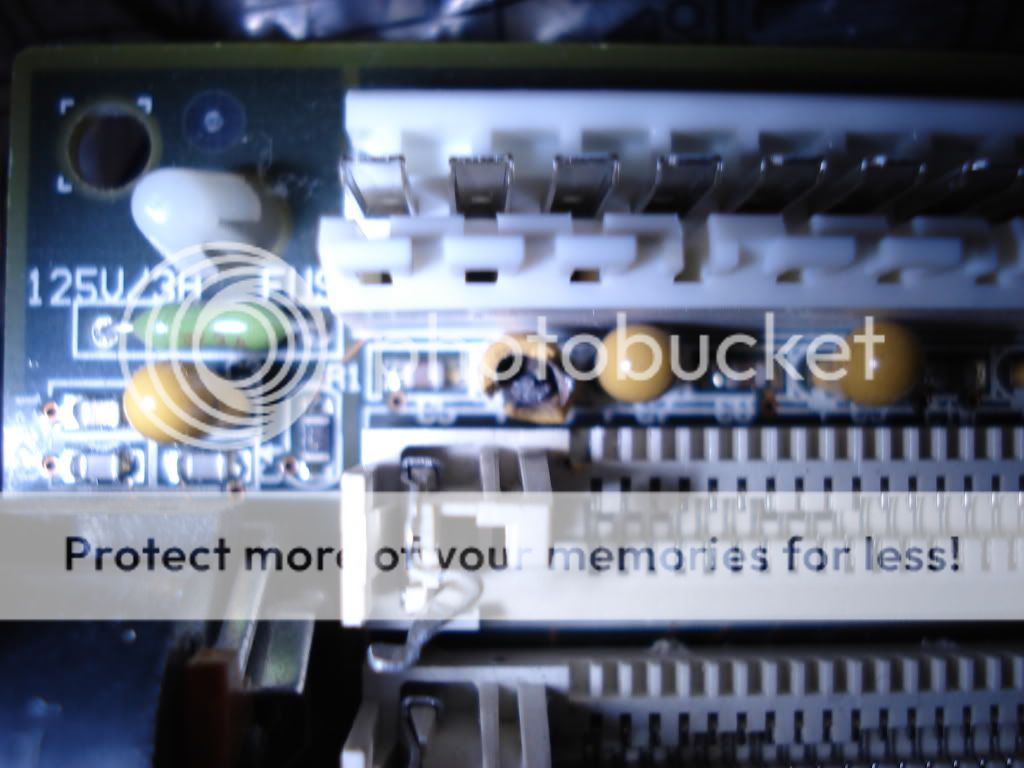First post, by Tetrium
- Rank
- l33t++
Or atleast a part of it.
This is what happened:
I was going to test this board (I couldn't remember if I already had done so) to make sure it was (still) in working condition.
It had a DX2 overdrive in it and since it was already jumpered for the Intel DX (I usually test with a known-to-work AMD DX-40) I figured I'd just pick some random Intel DX-33 from out the parts box
Some history about the board:
I found it years ago while dumpsterdiving. It was in some oem desktop (cant remember the make) and it had that same overdrive in it. Hence it's quite possible that, since it was still installed when I went to test it, I never tested it before). The system it was in looked perfectly fine, no burn marks or smell or anything that would indicate it was defective back then.
So back to the story!
I double and triple checked the jumpers and the orientation of the cpu, installed basic working parts (ram and pci card), installed my standard AT test PSU and plugged in all the cables and plugged in all power cords.
It was laying on a cardboard box without anything on or under the board that could cause a short.
I was ready to boot the system!
I had my fingers on the power switch...
I switched the power switch and immediately after the power came on, heard a loud "BANG!", like a small fire cracker and I saw something small and glowing flying up in the air!
I thought the PSU had short circuited or something!
I didn't dare touch the PSU (for fear of being electrocuted, safety first!) and made a dash to pull the power cord from the wall!
The lights were still on, so it didn't short anything in the house.
With a flashlight I inspected the PSU switch which looked ok. I could smell a lil burn something, inspected the motherboard and noticed one of those small yellow balloons right under the power connector had blown up!
Ofcourse that PSU has been decommissioned.
I had been testing a couple DEC motherboards with it which wouldn't boot.
Perhaps that damaged the PSU somehow? I don't know for sure, I haven't opened that PSU yet to check the insides.
Looking at the yellow balloon it appears to be somekind of resistor.
The traces seem to go to around the BIOS chip area. Perhaps it was jumpered the wrong way?
I took some photos of this little disaster, perhaps someone here sees something I overlooked.
I'm hoping the board can still be repaired! Right now the board went back to it's cardboard box.
Here are the pics:
Pic1:The motherboard itself

pic2:the exploded 'yellow balloon' in the middle

pic3: (bad) photo of the markings on one of those other 'yellow balloons'

The board itself is a rev 1.22 one. I think one of you guys also had this exact revision of the board.
Any help is greatly appreciated!